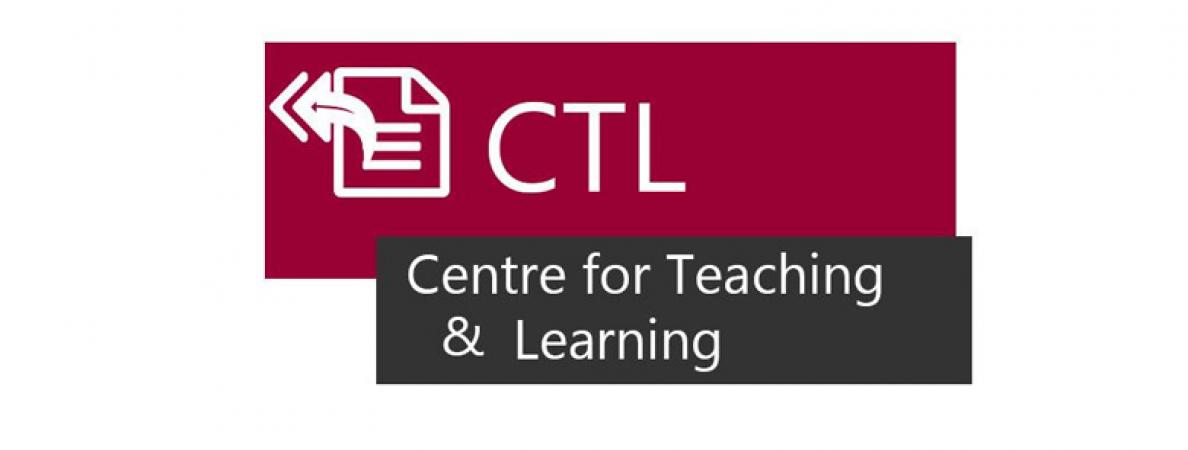
Among the challenges of thinking about ePortfolios are the ambiguity of who they are for and what functions do they serve. Is an ePortfolio for the person who creates it or for those who will view it? Is it a Test (an assessment tool) or is it a Story (a record of a learning journey)? One possible way of looking at an ePortfolio that might help is to consider it as a Boundary Object.
What is a Boundary Object?
Originally described by Star & Griesemer (1989), and developed by Wenger (2001), the concept of a Boundary Object is an object that is developed in one context or community for a particular purpose, but which is useful to others in other contexts or communities and so forms a bridge between them – a common use object on the boundary of both communities.
“Boundary objects are both plastic enough to adapt to local needs and constraints of the several parties employing them, yet robust enough to maintain a common identity across sites. They are weakly structured in common use, and become strongly structured in individual-site use. They may be abstract or concrete. They have different meanings in different social worlds but their structure is common enough to more than one world to make them recognizable means of translation. The creation and management of boundary objects is key in developing and maintaining coherence across intersecting social worlds.” (Star & Griesemer, 1989, p. 393)
An ePortfolio initially developed as an assessment tool in school, might be viewed from many perspectives and serve different purposes after graduation; for potential employers, credentialing agencies, or as a tool for reflection and self-development of the graduate.
So is an ePortfolio a Boundary Object?
What are the characteristics of a Boundary Object. And does e-Portfolio fit?
Wenger proposes a number of characteristics “enabling artifacts to act as boundary objects” (Wenger, 2001, 107):
- Modularity: each perspective can attend to one specific portion of the boundary object (e.g., a newspaper is a heterogeneous collection of articles that has something for each reader).
- Abstraction: all perspectives are served at once by deletion of features that are specific for each perspective (e.g., a map abstracts from the terrain only certain features, such as distance and elevation).
- Accommodation: the boundary object lends itself to various activities (e.g., the office building can accommodate the various practices of its tenants, its caretakers, its owners, and so forth).
- Standardization: the information contained in a boundary object is in a prespecified form so that each constituency knows how to deal with it locally (for example, a questionnaire that specified how to provide some information by answering certain questions).
Those characteristics are useful to view what enables ePortfolios to serve as bridges between various perspectives.
Modularity and standardisation are inherent to ePortfolios: artifacts selected for inclusion in an e-Portfolio, are connected within and across portfolios by standardised structure and requirements for the assessments or learning activities at the course level and Program Learning Outcomes and Institutional Learning outcomes at higher levels. Viewers who are familiar with other forms of webpages can quickly grasp how to navigate an e-Portfolio. Using tabs and links to access content folders in various categories of information. Using links in social media (for example, a Linkedin profile) specific categories of information, or particular artifacts can be accessed without the rest of the portfolio. This allows the information in the e-Portfolio to travel far outside of the original context where it was created.
The potential of an e-Portfolio to accommodate various activities is easy to see:
- For a teacher it is an assessment tool for learning activities or projects;
- For the student it is a record of experience and a tool for reflection;
- For a potential employer it is evidence of skills and competence;
- In a community of practice it is a means of developing connections and networking; a means of creating a profile within the professional community.
Finally, since artifacts are selected from a wide array of possible items of work, the ePortfolio also shows abstraction. Not every piece of work done in a course or program is included. When specific details are selected for inclusion or presentation, others are left out. The portfolio creator is assuming that those “who know” can read between the lines and fill in the gaps for themselves.
The notion of ePortfolios as boundary objects is a useful reminder that whatever the initial objectives of the ePortfolio, once it begins to cross into other contexts it will be viewed from different perspectives and be used for different functions, and that is when it will become really useful.
Star, Susan Leigh and Griesemer James R.(1989) Institutional Ecology, `Translations' and Boundary Objects: Amateurs and Professionals in Berkeley's Museum of Vertebrate Zoology, 1907-39 Social Studies of Science Vol 19, Issue 3, pp. 387 - 420
Wenger, Etienne (2001). Communities of Practice: Learning, Meaning, and Identity. Cambridge: Cambridge University Press.




